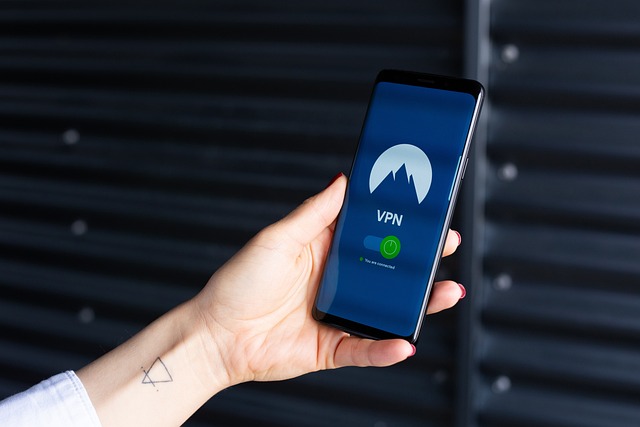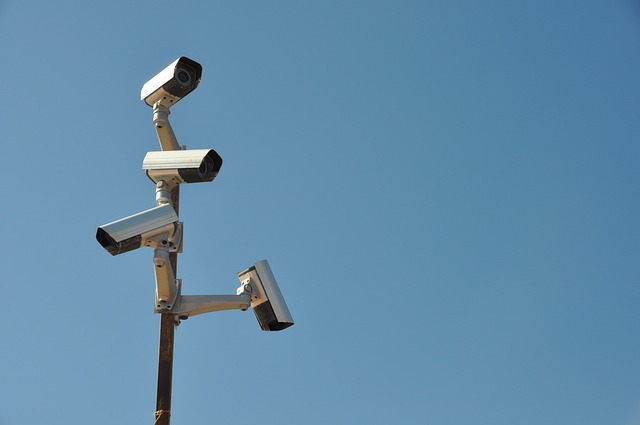Public records are vital for transparency, justice, and daily life processes like job applications, rent, and travel. In the digital age, verifying personal data is essential to prevent identity issues, protect privacy, and manage one's online footprint. Start by gathering relevant documents and cross-referencing with reputable online services. Compare details meticulously and dispute discrepancies with authorities. Regularly verify your data to ensure accuracy, correct errors, and maintain a secure digital presence.
Keeping your public record information accurate is paramount for maintaining a clear reputation. In today’s transparent world, errors in records can have significant impacts on various aspects of life, from employment opportunities to personal relationships. This article guides you through understanding the importance of precise public records and offers practical steps to effectively verify your personal data. Learn how to identify common errors and correct them to ensure your information remains error-free.
- Understanding the Importance of Accurate Public Records
- Steps to Verify Your Personal Data Effectively
- Common Errors and How to Correct Them
Understanding the Importance of Accurate Public Records

Accurate public records are the backbone of a transparent and just society. They serve as official documents that reflect an individual’s or entity’s history, including legal, financial, and social interactions. These records play a pivotal role in various aspects of life, from applying for loans and jobs to renting properties and securing travel documents. In today’s digital age, where personal data is increasingly accessible, it’s crucial to understand the importance of verifying your public record information.
When your details are accurate, it ensures fairness in processes that rely on these records. For instance, an error in address or date of birth could lead to identity issues and hinder opportunities. Verifying your personal data allows you to catch mistakes early, correct them, and protect your privacy. Moreover, staying on top of your public records enables proactive management of your digital footprint, ensuring that your information remains current and secure.
Steps to Verify Your Personal Data Effectively

To effectively verify your personal data, start by gathering all relevant documents and records associated with the information you want to confirm. This could include birth certificates, passports, driver’s licenses, social security cards, tax returns, and any other official paperwork. Next, cross-reference these documents with the data stored in your name across various databases and platforms. Utilize reputable online services designed for this purpose, which often have access to comprehensive public records.
Compare the information from each source meticulously, looking for discrepancies or outdated entries. Pay close attention to details such as addresses, names, dates of birth, and identification numbers. If you identify any inaccuracies, don’t hesitate to dispute them with the relevant authorities or record-keeping institutions. This process ensures your personal data is current and correct, safeguarding your identity and preventing potential issues in the future.
Common Errors and How to Correct Them

Public records are a critical component of our legal and administrative systems, but they’re not infallible. Common errors can creep into these records over time, affecting individuals’ personal data. These mistakes might include incorrect names, addresses, birthdates, or even criminal history entries. It’s essential to verify your personal data regularly to ensure its accuracy.
To correct these errors, the first step is to obtain a copy of your public record from the relevant authority. Carefully review it for any discrepancies. If you find an error, gather supporting documents to prove the correct information. This could involve providing updated identification, birth certificates, or court orders. Once validated, you can initiate the process of correction with the appropriate agency, which may include filing a petition or completing a formal request form.






